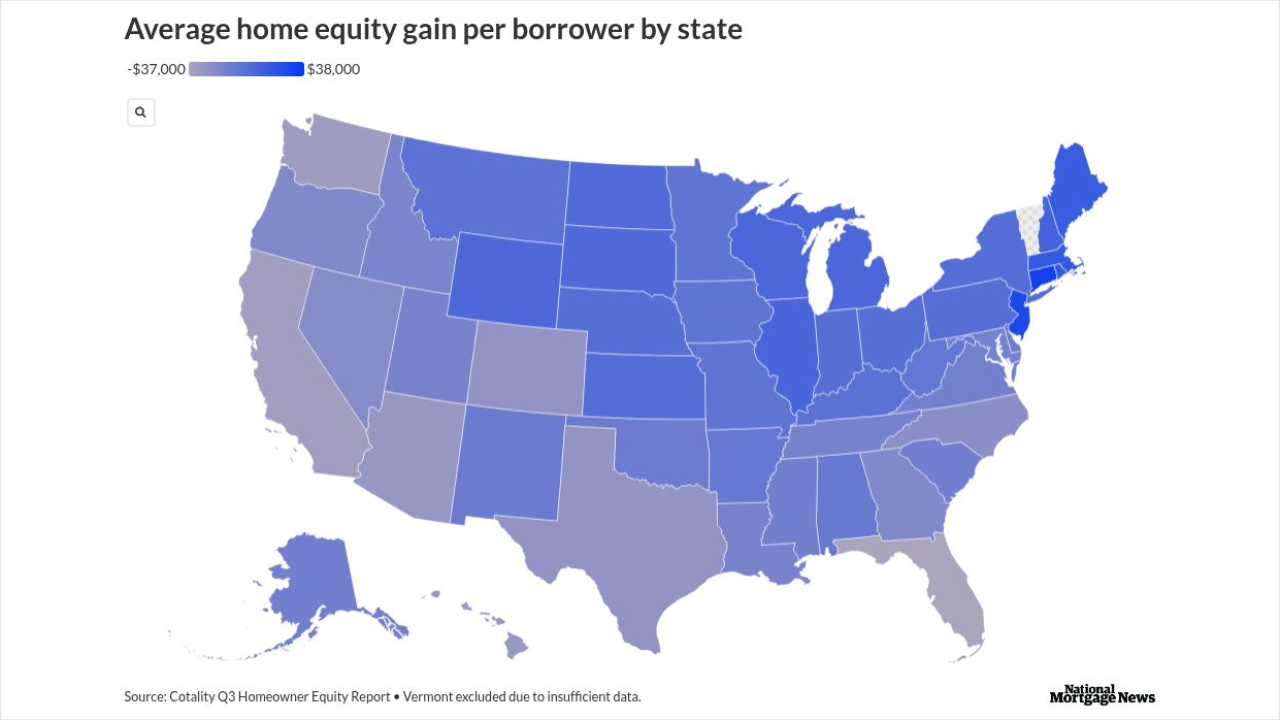Green mortgages are one of the great mysteries of green finance.
For years, there has been an expectation that markets and governments would figure out how to provide enough incentives for homeowners to make energy efficiency upgrades and environmental improvements. They would ideally be rewarded with green mortgages that lower borrowing rates and technology that cuts their energy costs. Jobs would be created to make those upgrades. Borrowers with reduced energy costs would have more disposable income to pay down their mortgages and lower default rates.
It hasn’t happened yet. But as lenders around the globe redouble their efforts to measure the carbon impact of their loans, they’re finding that residential mortgages are often one of the biggest line items on their books. That adds some urgency to the discussion, and a lot of questions. How is a lender to know if an older house subject to a 15- or 30-year mortgage is energy efficient now? Does it have solar panels and electric heat pumps or does it have drafty windows and wasteful emissions?

In the U.S., PACE financing, short for
Europe is further ahead. Over 40 banks there are participating in the Energy efficient Mortgages Action Plan, which aims to create cheap financing for green homes and retrofits. Some investors and lenders are taking action on the fringes, as BloombergNEF’s
But any mortgage product at scale really depends on the ability to package them into securities.
Fannie Mae, which has sold over $75 billion in multi-family green mortgage-backed bonds, priced its first single-family home green bonds on July 27. The $40 million in debt included securitized mortgages for new homes that meet Energy Star green certification standards. Those homes, on average, are about 20% more energy efficient than others simply built to code, according to Fannie Mae.
Fannie Mae said it expects to incorporate other types of efficiency standards in future single-family green securities, such as residences that meet passive house or LEED standards. It may be a good year to start: Covid-19 has caused a surge in home buying as city dwellers leave for the suburbs amid record low interest rates. Fannie Mae said it hopes that by selling the bonds monthly, it will convince builders and lenders there’s investor appetite for green single-family mortgages, and that securitization will ultimately make such mortgages more common.
“A greener home truly creates a better space to work, live and play in, which is especially important considering how much time we’re all spending at home right now,” said Chrissa Pagitsas, vice president of enterprise ESG for Fannie Mae.





